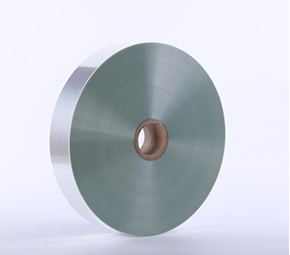Why choose aluminum foil?
Have you ever asked yourself, why choose aluminum foil? Aluminium Foil is one of the most used materials for packaging applications. As a pure metal product, it is silver, opaque and non-porous, keeping light or moisture out while being used to package food. In addition, aluminum metal has natural corrosion resistance. Few corrosive substances can penetrate its defenses to the inside. In this way, bacteria and viruses are isolated.
How thick is the aluminum foil made? Like the aluminum foil placed in the supermarket, the length and width of the aluminum foil are usually displayed on the aluminum foil packaging box, but the thickness is somewhat hidden. They just label the foil as normal, heavy or extra heavy.
The more knowledge the better. You may need a question about why aluminum foil was chosen? More information on foil thicknesses and their uses. So let's jump right into this in-depth post for a better understanding!
Aluminium foil is one of the most popular food packaging materials today, and they come in a surprisingly wide range of thicknesses. It can be produced from 6 microns to 200 microns. Because aluminum foil is so thin, our units of measurement are usually mils—thousandths of an inch, or even microns—millionths of a meter. You can easily find standard foils on the market, as well as heavy and even extra heavy duty foils. However, there are also thinner and thinner foils that you may not be aware of, such as foil for Tetra Pak, ultra-thin foil or for cigarette packaging.
If your micrometer is not suitable for measuring the thickness of aluminum foil, you can stack these thin foils and measure the stack. Then divide the thickness you just got by the number of layers and you'll get the approximate thickness of the foil.
Why choose aluminum foil? Aluminum foil is used for packaging food because its performance fully meets the requirements of food packaging, and its ultimate purpose is to extend the shelf life of food as much as possible. For this to happen, food must be free from possible negatives such as light, moisture, microorganisms, etc. And the foil itself is hygienic enough to neither emit nor attract harmful elements. The inside of the food foil is as smooth as possible to reduce the possibility of frictional damage between the foil and the packaged food.
Why choose aluminum foil? Aluminum foil conducts heat quickly. Heat can be transferred to food in basically three ways: convection, conduction and radiation. Convection is the transfer of heat due to the physical motion of the surrounding fluid. Radiation is radio waves, light waves, microwaves, X-rays, etc. that transfer thermal energy from one surface to another. Conduction is the transfer of heat to food through the contact of one hot object with another. This type of heat transfer occurs when you cook food on the stove. Anything with a temperature above absolute zero emits infrared radiation. Therefore, all parts of the oven emit infrared energy during the cooking process. Even the container you put food in and the food itself emits infrared energy.
What are the alloys of aluminum foil?Commonly used alloys for aluminum foil are 1100 1235 1050 1200 3003 3004 8006 8011 8079 and so on. High-purity aluminum is generally used to make flexible packaging aluminum foil, capacitor aluminum foil, and industrial aluminum foil rolls.




